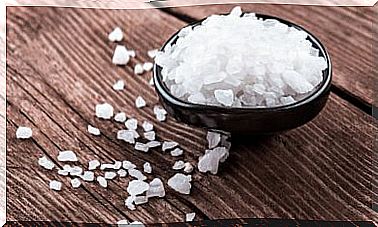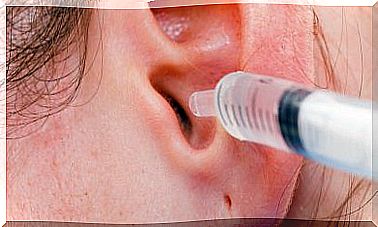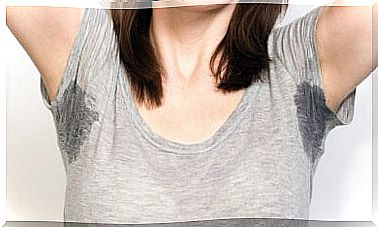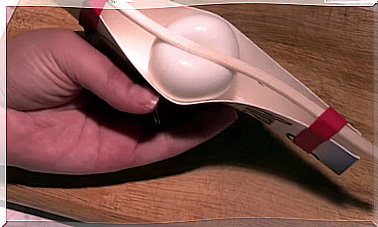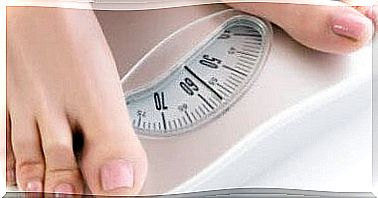Why Do Cases Of Salmonellosis Increase In Summer?
Summer is coming and, with it, high temperatures and travel. Tasting foods from other cultures on the edge of the beach can be an unforgettable experience, but we cannot ignore that there is a certain risk inherent in eating food that is not controlled by health protocols. A risky tourist can end up being a victim of salmonellosis.
Bacteria of the genus Salmonella that cause salmonellosis are present at all times of the year. However, more cases of this food poisoning always appear in summer. Why? Next we will see the answer.
Knowing the salmonella bacteria
Salmonella is a bacterial genus made up of facultative anaerobic gram-negative bacilli, that is, they can obtain energy in the absence of oxygen. We commonly call these bacteria salmonella. The natural habitat of these microorganisms is, unfortunately, the intestine of any type of warm-blooded animal, which includes humans.
Salmonellosis does not occur in a simple way, as these bacteria do not usually withstand the acidic pH of the stomach and can die before reaching the intestine. Those that resist, have to face the bacterial flora and rapid intestinal transit.
Only a small percentage of these pathogenic microorganisms manage to adhere to the intestinal mucosa and reproduce in it. It is then that the characteristic pathological picture begins :
- Severe diarrhea
- Fever.
- Abdominal pain.

Why do the cases of salmonellosis increase in summer?
The answer is simple: high temperatures increase the bacterial growth rate of salmonella . We have to view bacterial growth on a surface as a roller coaster:
- There is an adaptation phase in which the bacteria colonize the environment in which it has been deposited, in this case, unrefrigerated and raw food.
- Then, there is an exponential growth, in which each bacterium gives rise to two daughter cells by a technique called binary fission. A conducive environment, in this case, a higher temperature, accelerates the exponential growth of salmonella .
- After this, there is a stationary phase, ‘the mountain plateau’, in which bacteria grow and die at the same rate due to nutrient depletion. Here the population limit is reached.
- Finally, the decline begins, since the lack of nutrients and the accumulation of toxic products end up being harmful to the bacterial colony.
Thus, the higher the bacterial load during the exponential and stationary phases, the greater the risk of contracting salmonellosis if a human being is exposed to contaminated food. Even so, it is not entirely clear what is the amount of bacteria that must be ingested to develop this intoxication; an estimated 1 to 10 million.
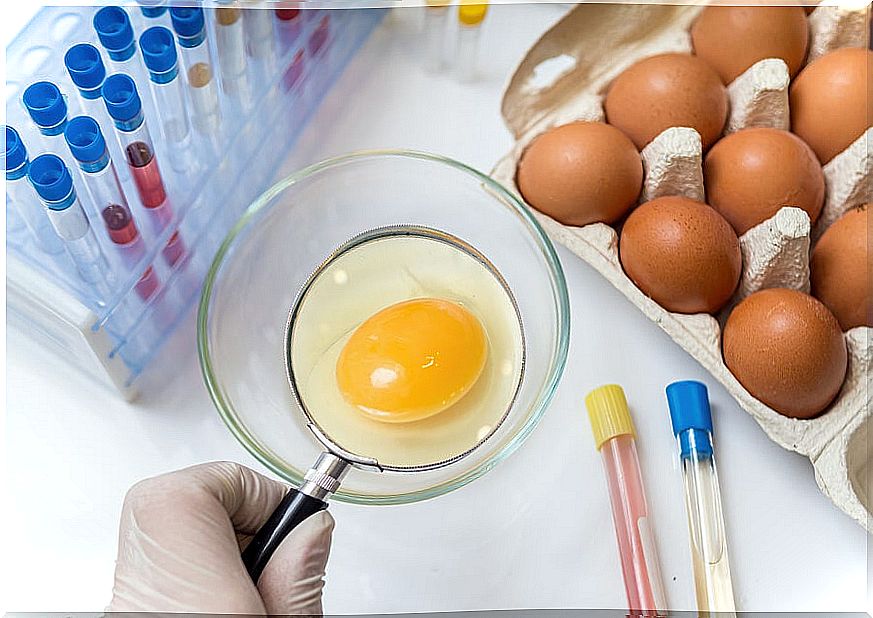
Environmental and anthropic factors
Therefore, as we have said, the higher the temperatures, the faster the bacteria reproduce and the more likely a person is to ingest a bacterial load large enough to get salmonellosis.
Still, not all the risk lies with the temperature itself. As we have previously commented, there are habits that can increase the probability of contagion, such as the following:
- Eating raw foods without sanitary control.
- Bring uncooked food without refrigeration as a picnic.
- Eat in places with low sanitation where the materials are not clean and may contain traces of salmonella.
In addition, there are other factors that can increase the incidence of salmonellosis in the long term. Without going any further, a study published in the journal Foodborne Pathogens and Disease warns us that climate change seems to be correlated with the increase in these infections in the United States. This makes sense after the discussion so far.
Prevent salmonellosis in summer
In short, it is inevitable that salmonella will replicate more during the summer. However, we must take the necessary hygiene measures and use common sense when choosing establishments in which to eat, for example.
Summer is a time of special risk when it comes to food poisoning. It is important to be careful when handling food, it is better to be safe than sorry.
